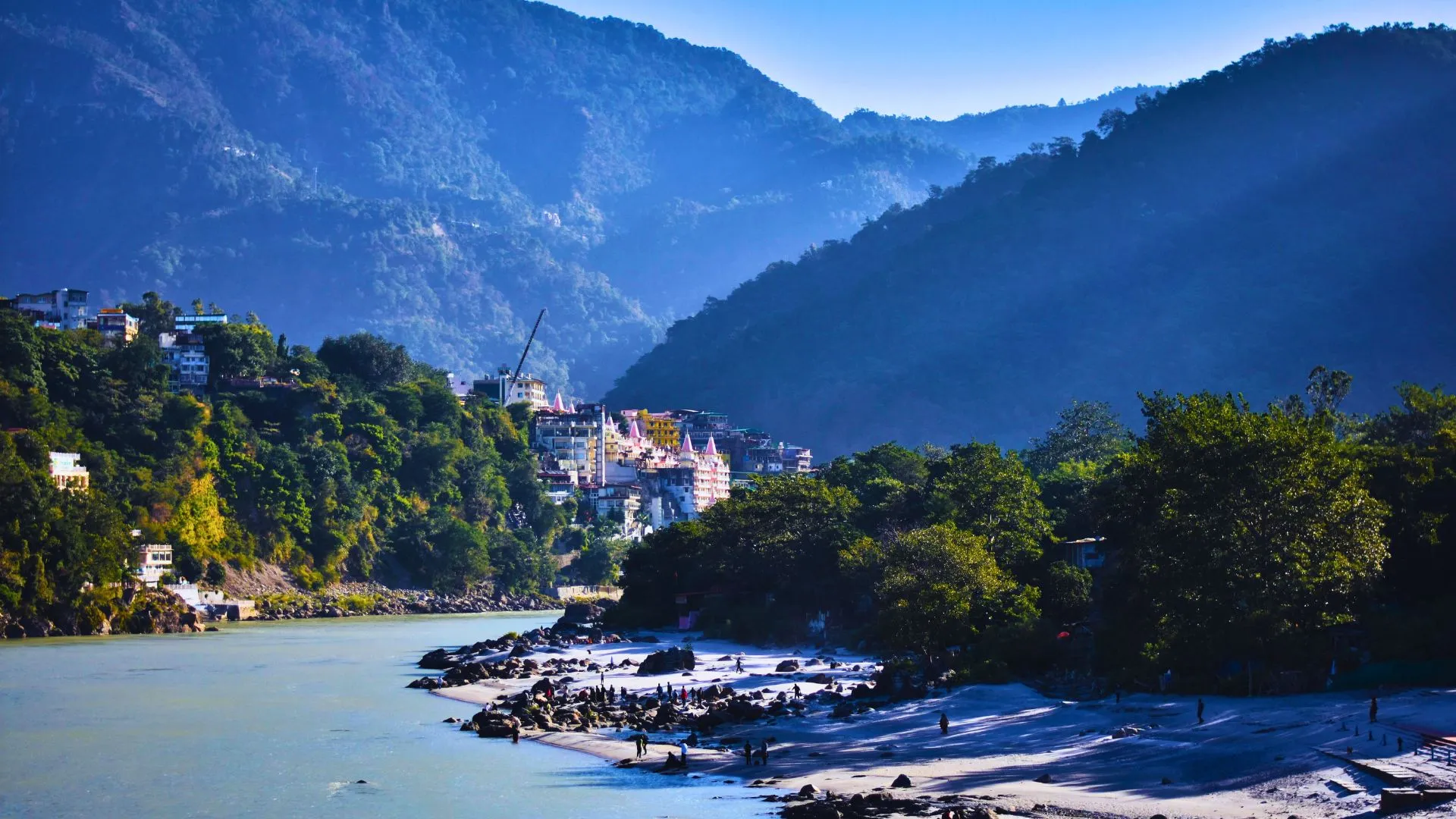Haridwar, meaning the “Gateway to God,” is one of the most sacred cities in India and a major pilgrimage destination for Hindus. Located on the banks of the holy river Ganga in Uttarakhand, Haridwar holds immense spiritual significance. It is believed that taking a dip in the Ganga here cleanses one’s sins and paves the path to liberation in this blog we will explore haridwar travel guide.
Beyond its temples, ghats, and rituals, Haridwar also serves as the starting point of the Char Dham Yatra — the revered journey to Yamunotri, Gangotri, Kedarnath, and Badrinath. Every year, millions of devotees, tourists, and spiritual seekers visit Haridwar, making it one of the most visited pilgrimage cities in India.
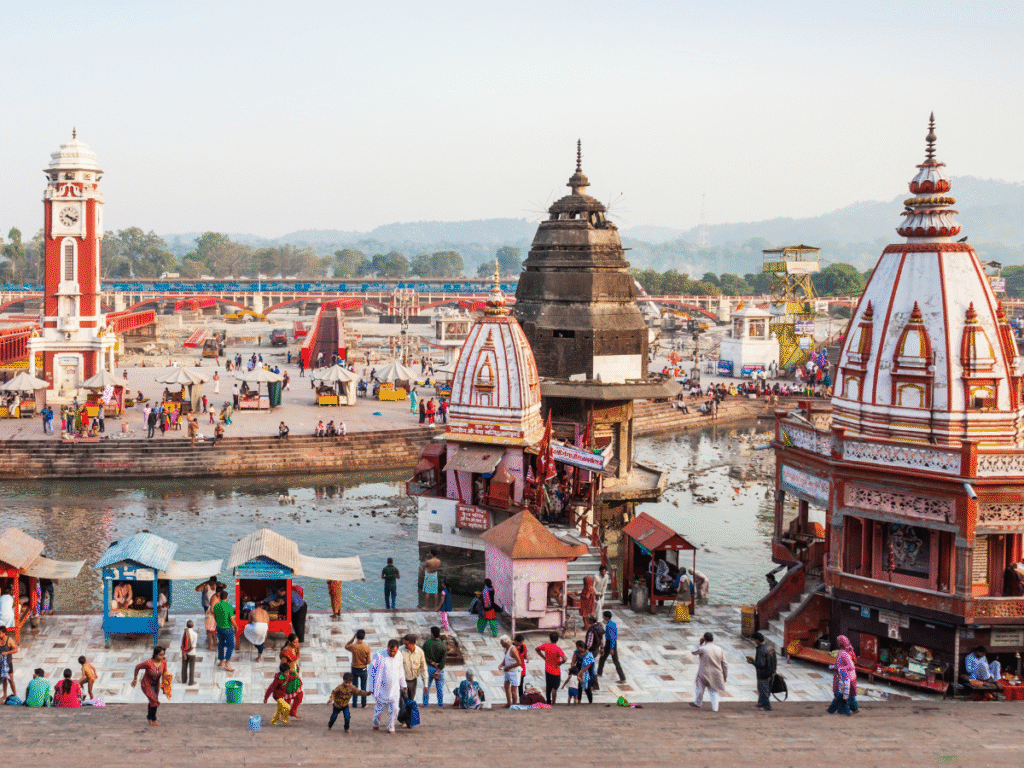
History of Haridwar
Haridwar’s history dates back to ancient times, with references found in the Vedas, Puranas, and epics like the Mahabharata. The city is associated with legends of gods and sages. According to Hindu mythology, drops of the nectar of immortality (Amrit) fell here during the Samudra Manthan (churning of the ocean), making Haridwar one of the four sacred cities where the Kumbh Mela is held once every 12 years.
The city has also been a hub for spiritual practices and Ayurveda. Saints and sages have meditated on its ghats for centuries, while the flowing Ganga has been worshipped as the giver of life and liberation. The name “Haridwar” is derived from two words:
- Hari (Lord Vishnu)
- Dwar (Gateway)
Thus, Haridwar is considered the gateway to Lord Vishnu as well as Lord Shiva, depending on traditions.
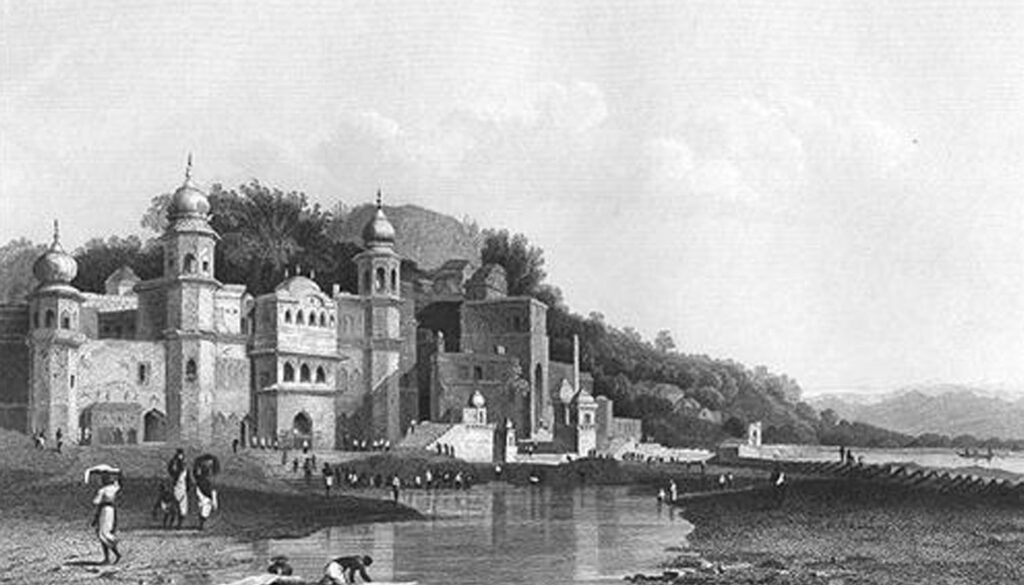
Haridwar and the Char Dham Yatra
For pilgrims undertaking the Char Dham Yatra of Uttarakhand, Haridwar is the first and most important stop. Devotees begin their spiritual journey here by bathing in the Ganga and attending the Ganga Aarti at Har Ki Pauri.
From Haridwar, pilgrims proceed towards:
- Yamunotri via Barkot
- Gangotri via Uttarkashi
- Kedarnath via Guptkashi and Gaurikund
- Badrinath via Joshimath
Because of this, Haridwar is often referred to as the “Gateway to the Himalayas” and the spiritual starting line for Char Dham.
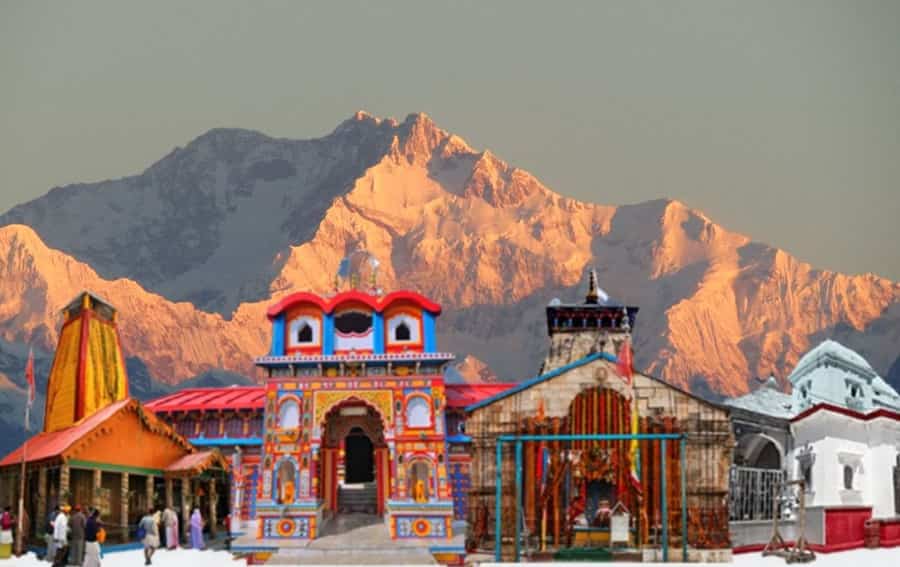
Temples in Haridwar
1. Mansa Devi Temple
Located atop the Bilwa Parvat, this temple is dedicated to Goddess Mansa Devi, who is believed to fulfill the wishes of devotees. Pilgrims either trek up the hill or use the ropeway service to reach the shrine.
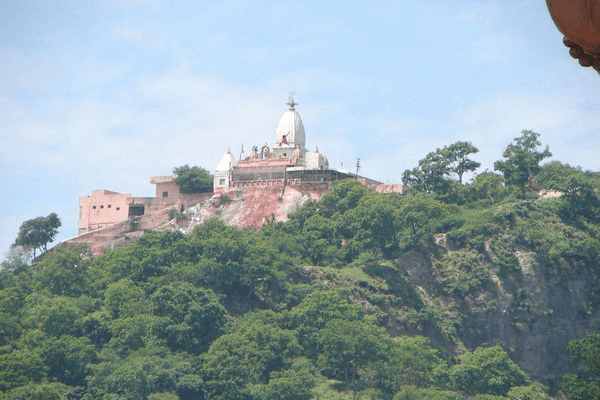
2. Chandi Devi Temple
Situated on Neel Parvat, this temple is dedicated to Goddess Chandi. It is one of the most visited temples in Haridwar and can also be reached via ropeway.
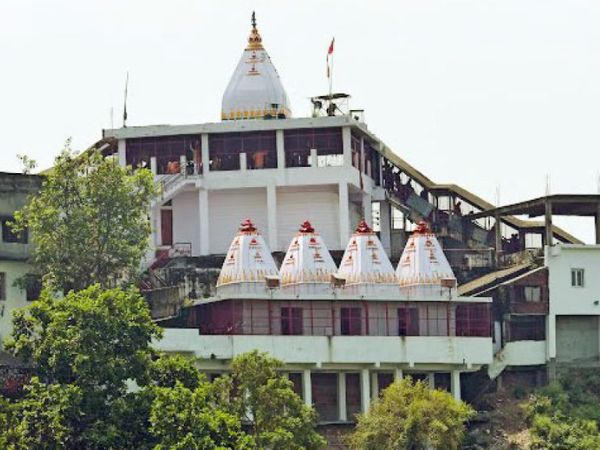
3. Maya Devi Temple
One of the oldest temples in Haridwar, dedicated to Goddess Maya, considered the Adhisthatri Devi (presiding deity) of Haridwar. It is also regarded as a Shakti Peeth, where the heart and navel of Goddess Sati are believed to have fallen.
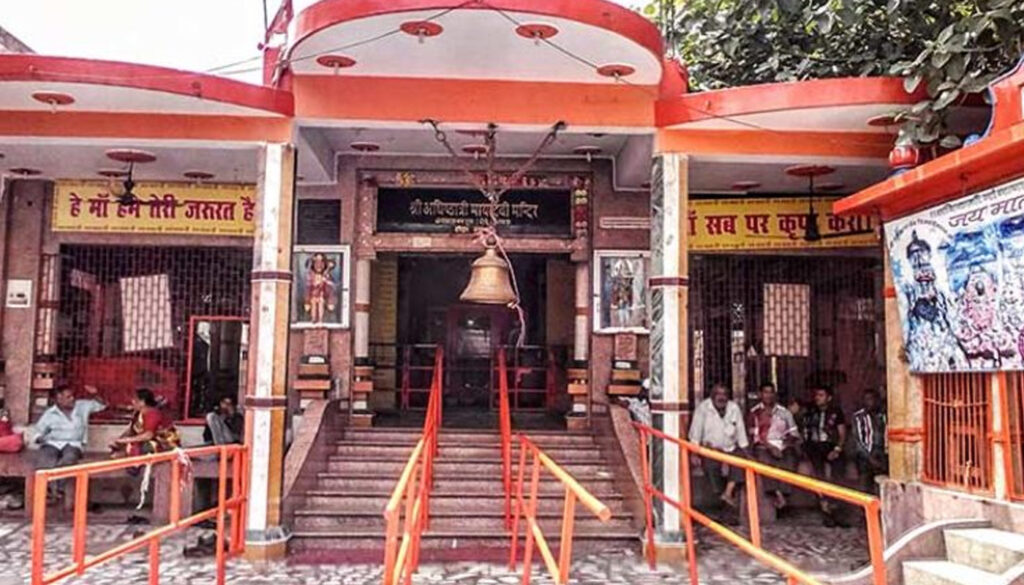
4. Daksha Mahadev Temple
Located in Kankhal, this temple is associated with the legend of Daksha Prajapati and Goddess Sati. It is considered a major pilgrimage site for devotees of Lord Shiva.
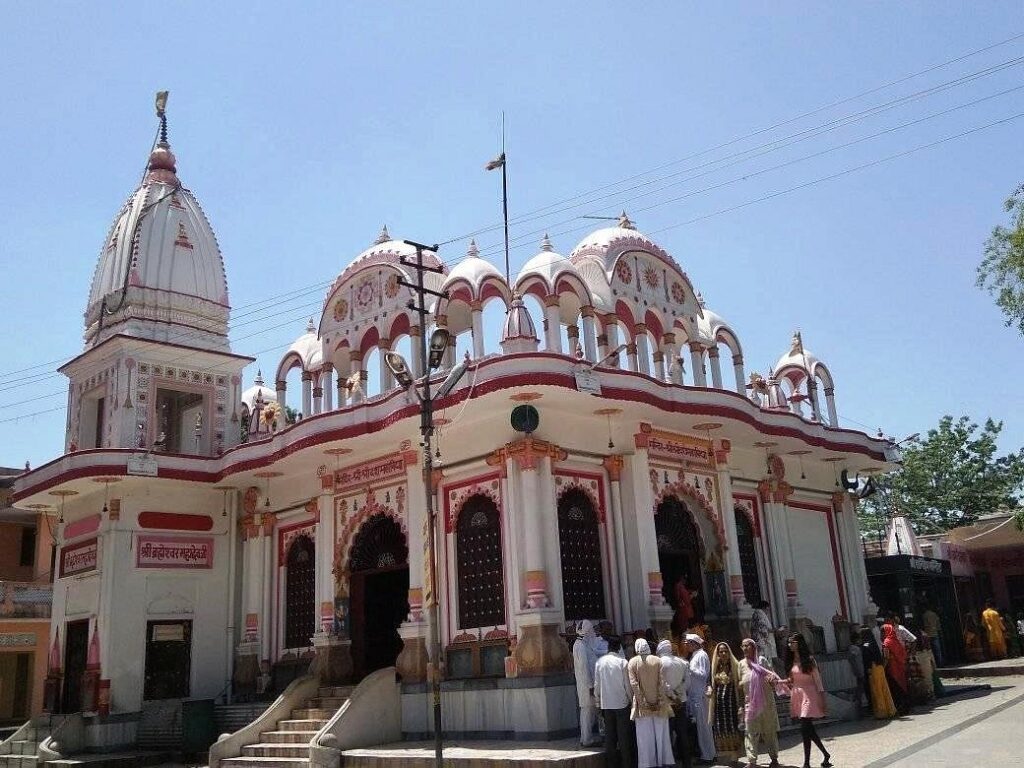
5. Bharat Mata Mandir
This unique temple is dedicated to Mother India, showcasing freedom fighters, saints, and cultural icons across different floors.
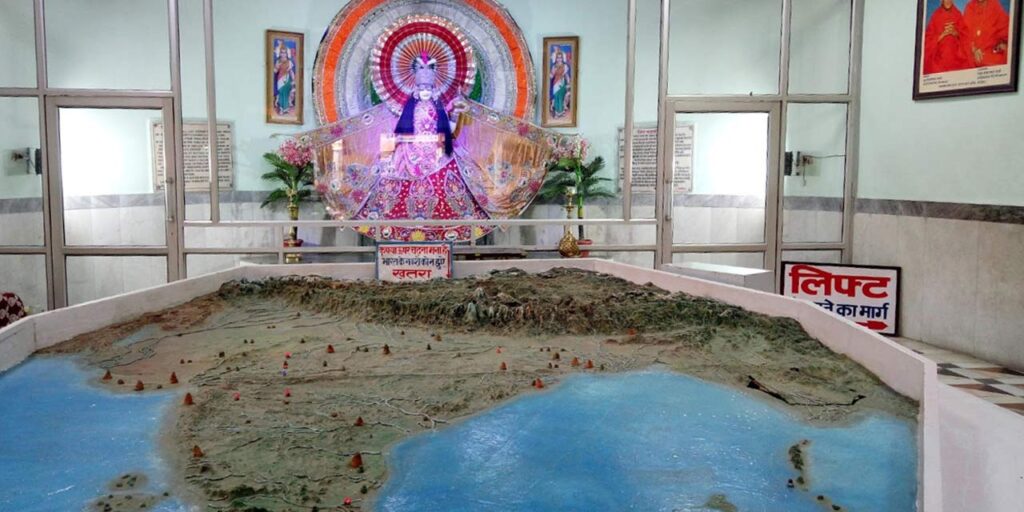
6. Other Temples
- Bilkeshwar Mahadev Temple
- Neeleshwar Temple
- Anjani Devi Temple
- Doodhadhari Barfani Ashram and Temple
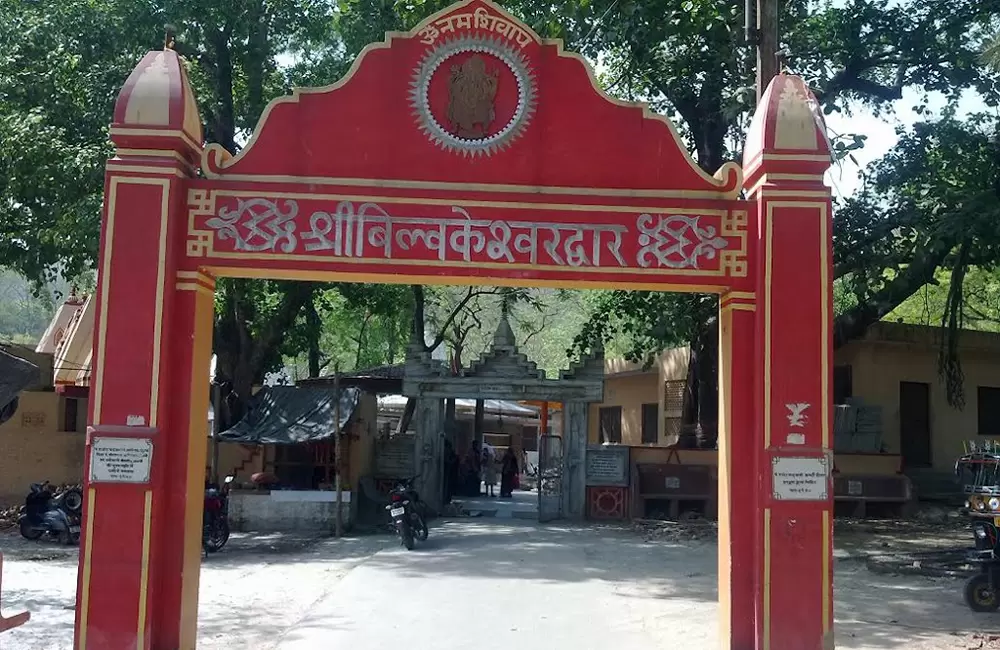
Ghats of Haridwar
Haridwar is famous for its sacred ghats, where pilgrims perform rituals, bathe, and offer prayers to the Ganga.
1. Har Ki Pauri
The most iconic ghat in Haridwar, believed to have the footprints of Lord Vishnu. It is the main site for the evening Ganga Aarti, a mesmerizing ritual of chanting, diyas, and devotion.
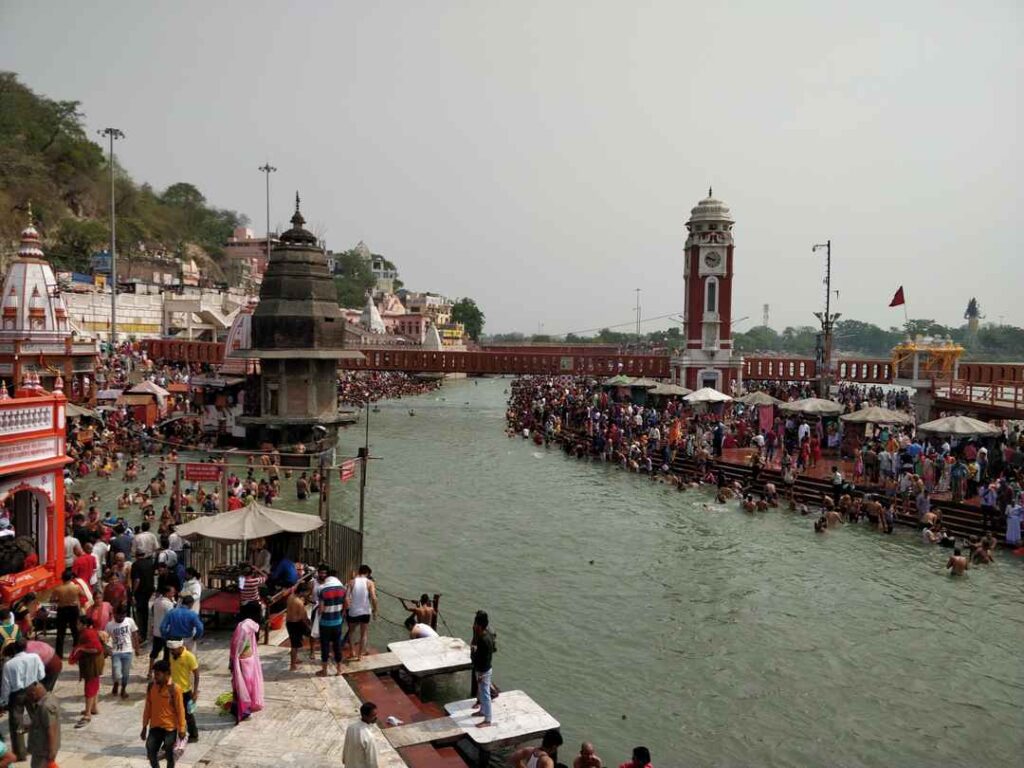
2. Kusha Ghat
Used for performing rituals related to ancestors and pitra dosh pujas.
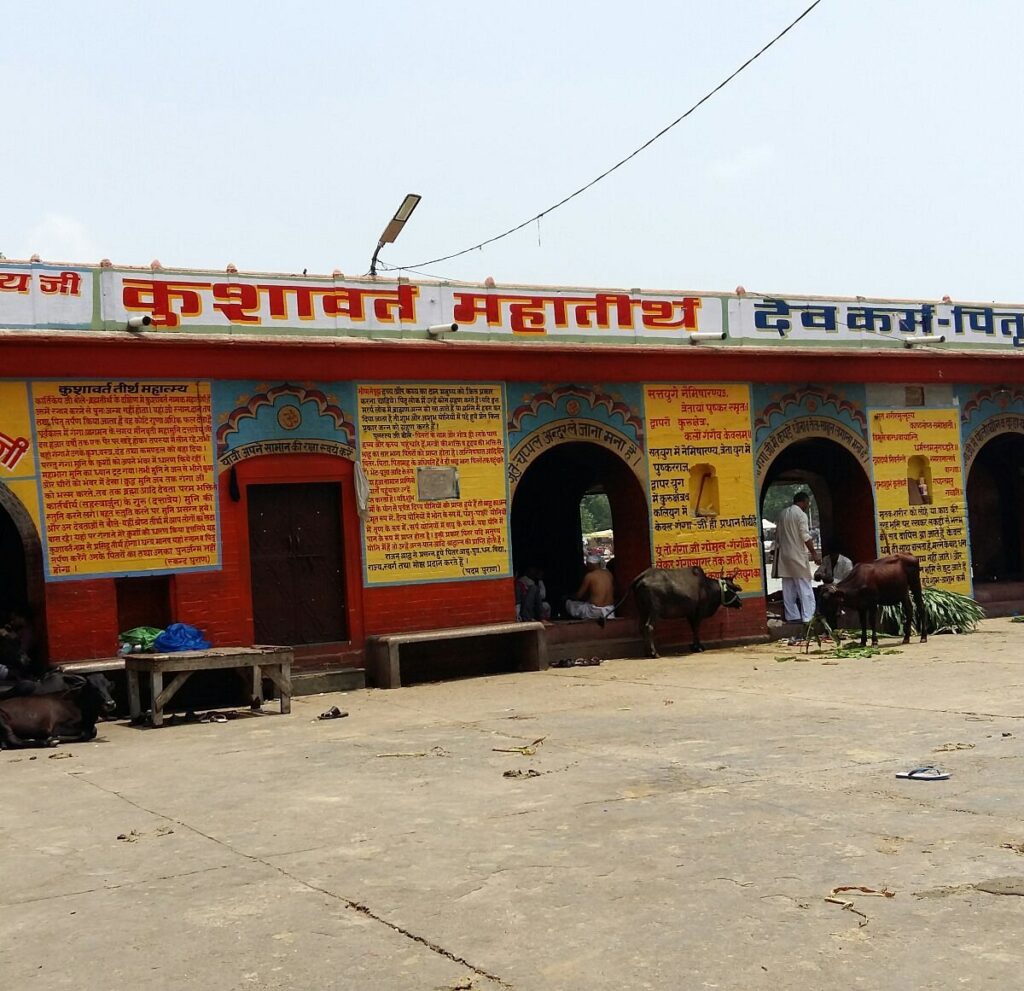
3. Subhash Ghat
Named after Netaji Subhash Chandra Bose, it’s a peaceful ghat ideal for meditation and bathing.
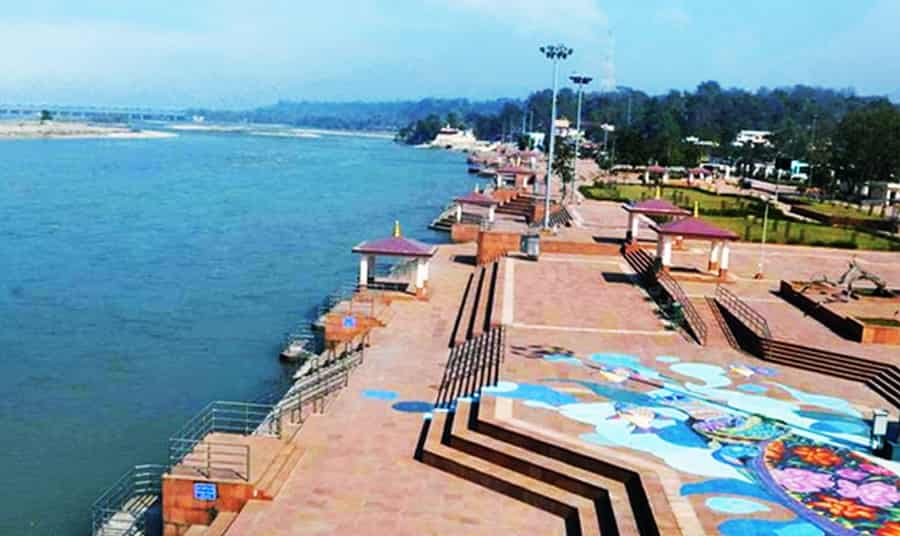
4. Gau Ghat
A sacred ghat where rituals for forgiveness of cow slaughter are performed.
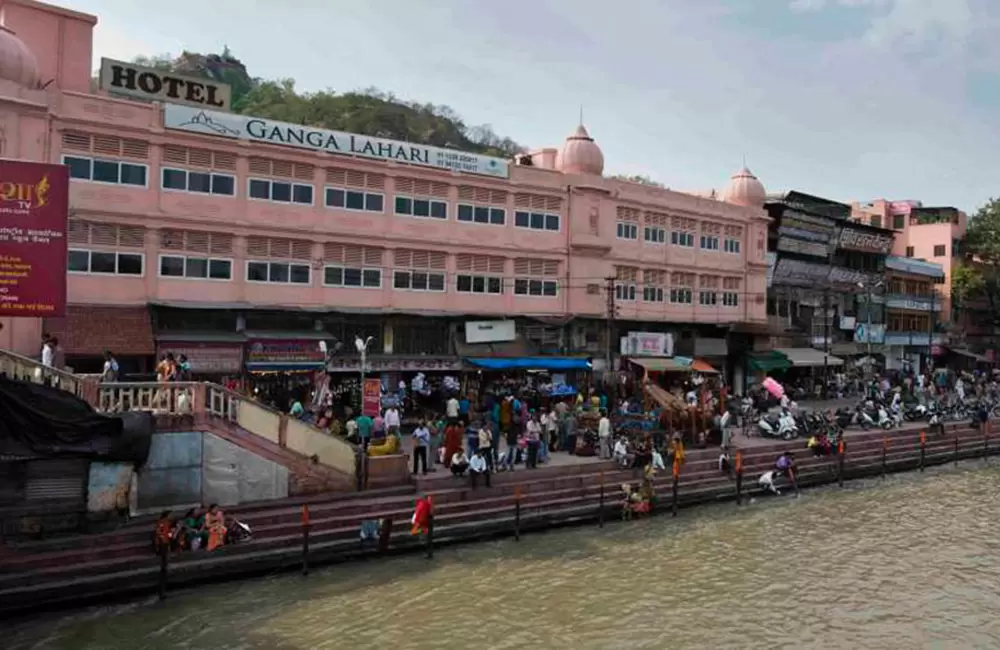
5. Asthi Pravah Ghat
Used for immersing the ashes of the deceased in the Ganga.
Each ghat in Haridwar has its own significance, but Har Ki Pauri remains the spiritual heart of the city.
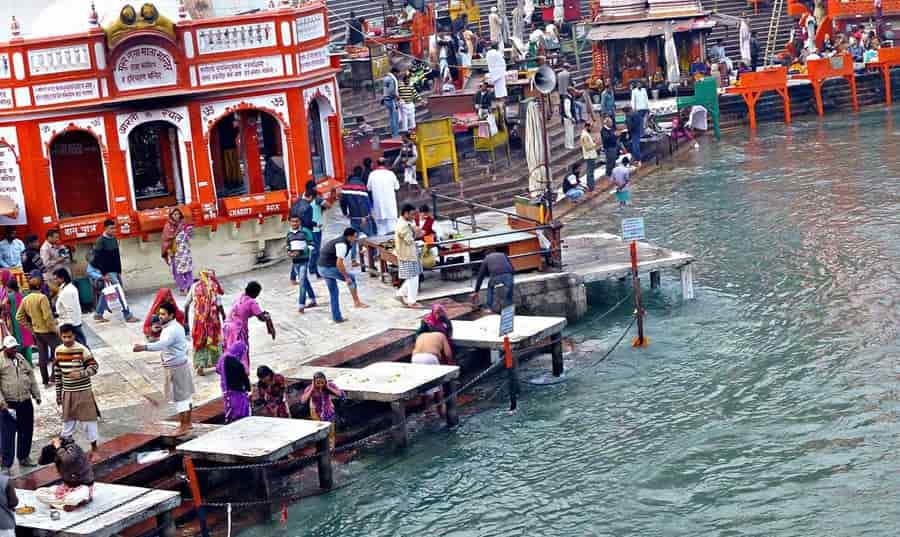
Attractions in Haridwar
1. Ganga Aarti at Har Ki Pauri
The most famous attraction of Haridwar, where priests perform synchronized rituals with diyas and chants. Thousands gather every evening to witness the divine spectacle.
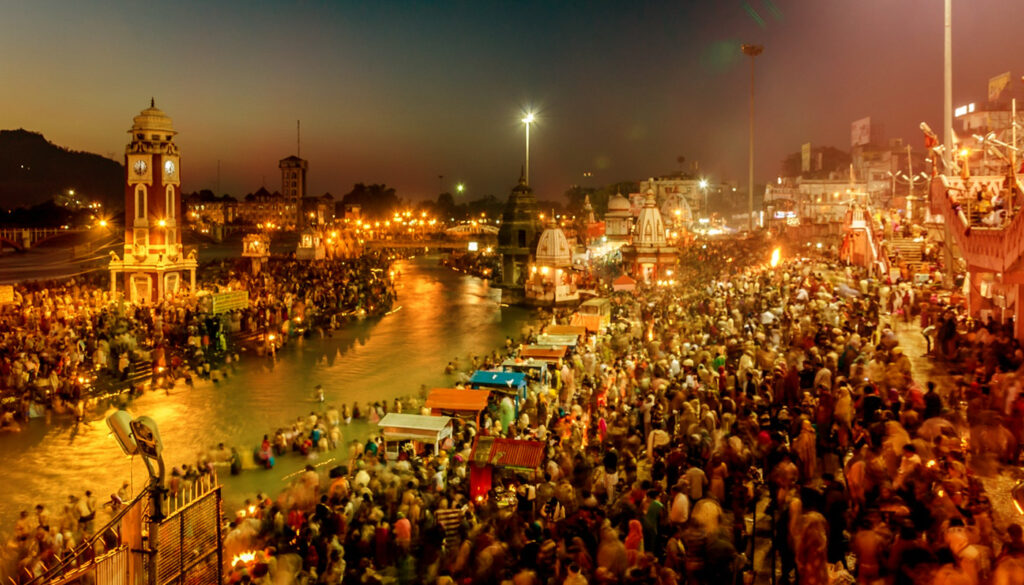
2. Chilla Wildlife Sanctuary
Located within Rajaji National Park, this sanctuary is perfect for nature lovers, offering wildlife safaris and birdwatching.
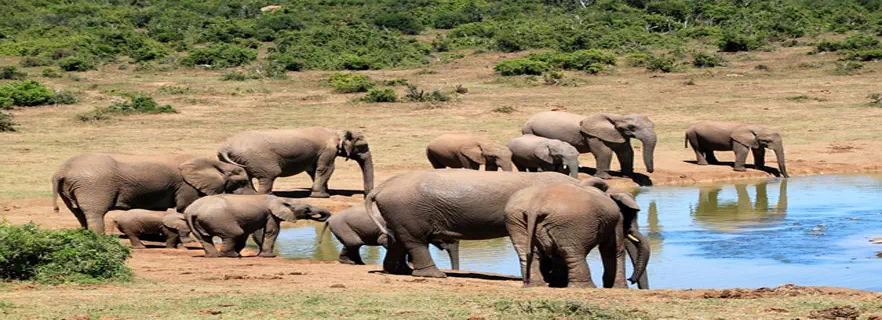
3. Patanjali Yogpeeth
Founded by Baba Ramdev, it is one of the largest yoga institutes in India, promoting Ayurveda and holistic living.
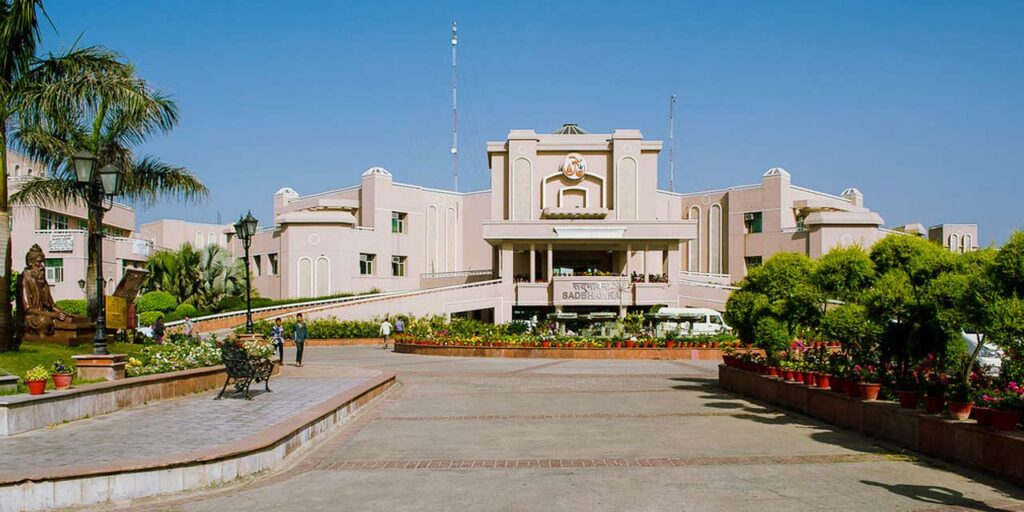
4. Shantikunj
A spiritual and social organization founded by Pandit Shriram Sharma Acharya. It’s a hub of yoga, meditation, and Vedic studies.
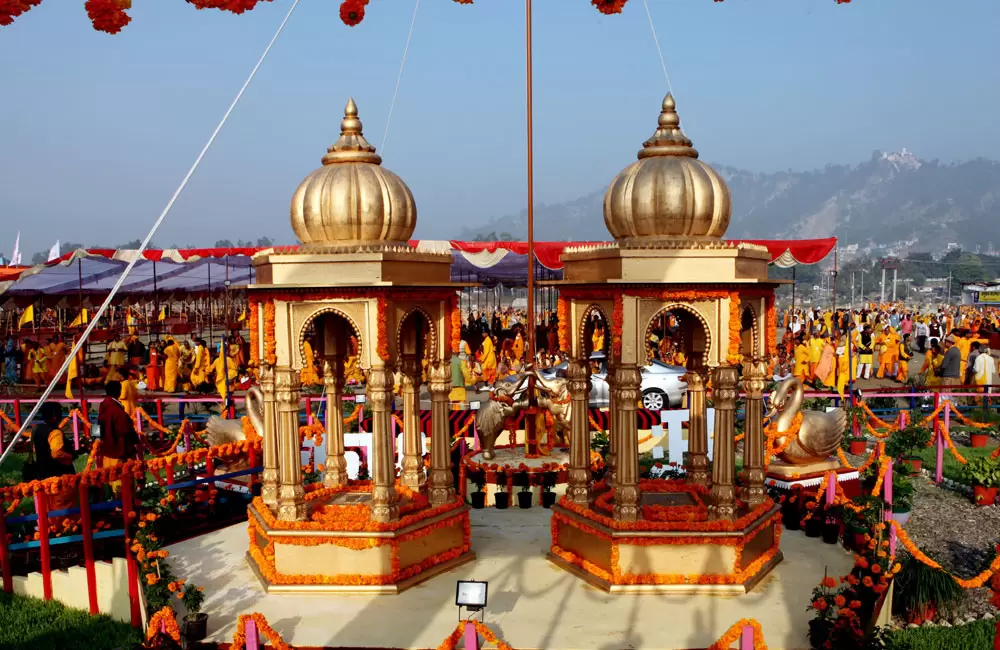
5. Bara Bazaar
A bustling market in Haridwar, known for religious items, Rudraksha malas, Ayurvedic medicines, and handicrafts.
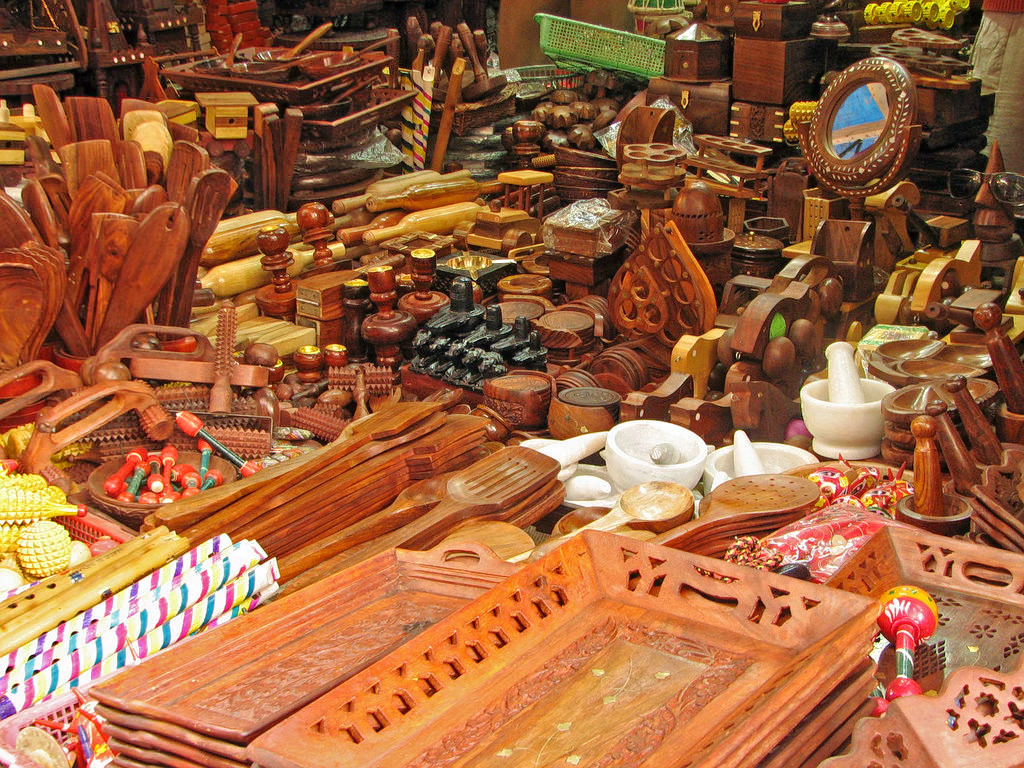
6. Kankhal
An ancient area near Haridwar that houses Daksha Mahadev Temple and several ashrams.
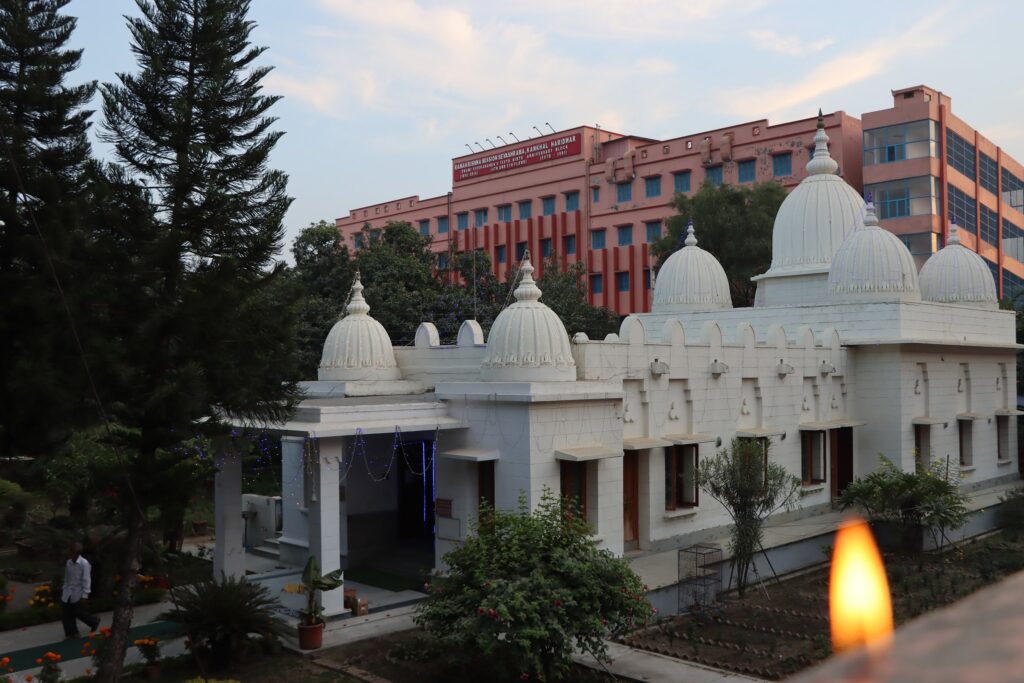
Festivals in Haridwar
Haridwar is a city that thrives on spirituality and festivals. Throughout the year, it hosts several grand events that attract millions of devotees.
1. Kumbh Mela
- The largest religious gathering in the world, held once every 12 years.
- Haridwar is one of the four sites (along with Prayagraj, Ujjain, and Nashik) where it takes place.
- Devotees believe that bathing in the Ganga during Kumbh Mela washes away all sins and grants moksha.
- The next Kumbh in Haridwar will be a massive spiritual and cultural event.
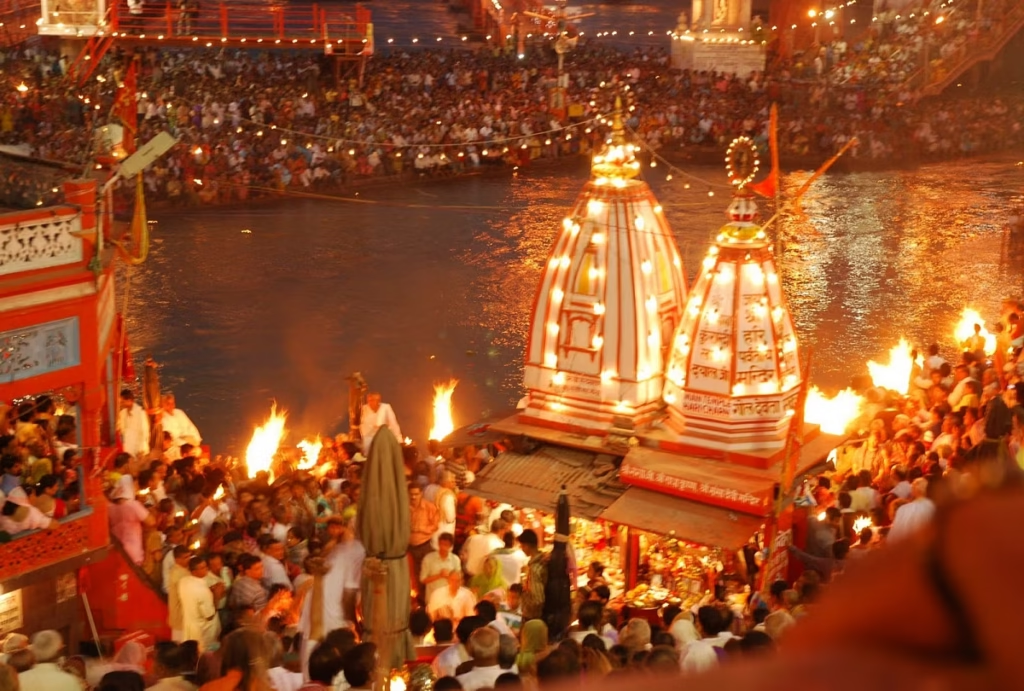
2. Ardh Kumbh Mela
- Held every six years in Haridwar.
- Though smaller than the full Kumbh, it still attracts millions.
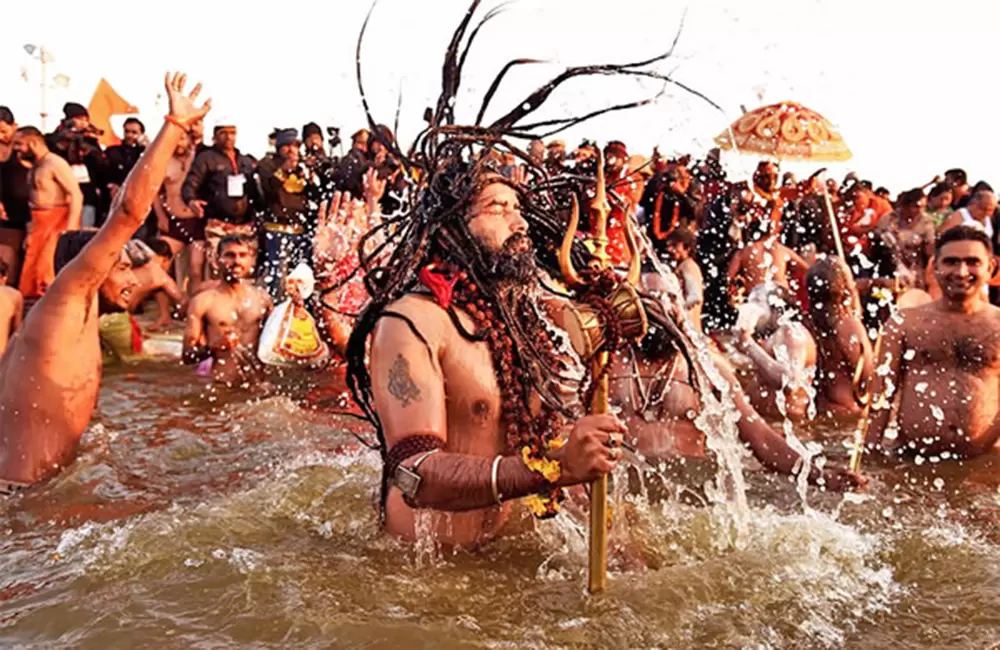
3. Kanwar Yatra
- Celebrated during the month of Shravan (July-August).
- Devotees of Lord Shiva, called Kanwariyas, carry holy Ganga water from Haridwar to offer at Shiva temples in their hometowns.
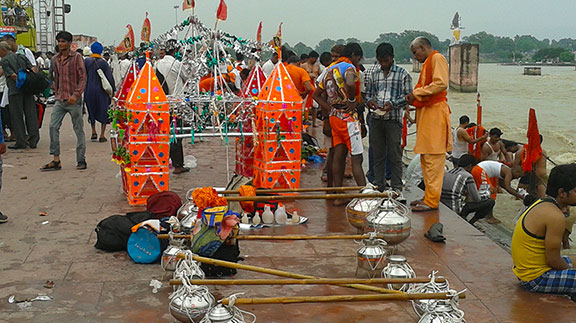
4. Diwali & Holi
- Festivals of light and color are celebrated with grandeur. Ghats are decorated with lamps, creating a magical view during Diwali.
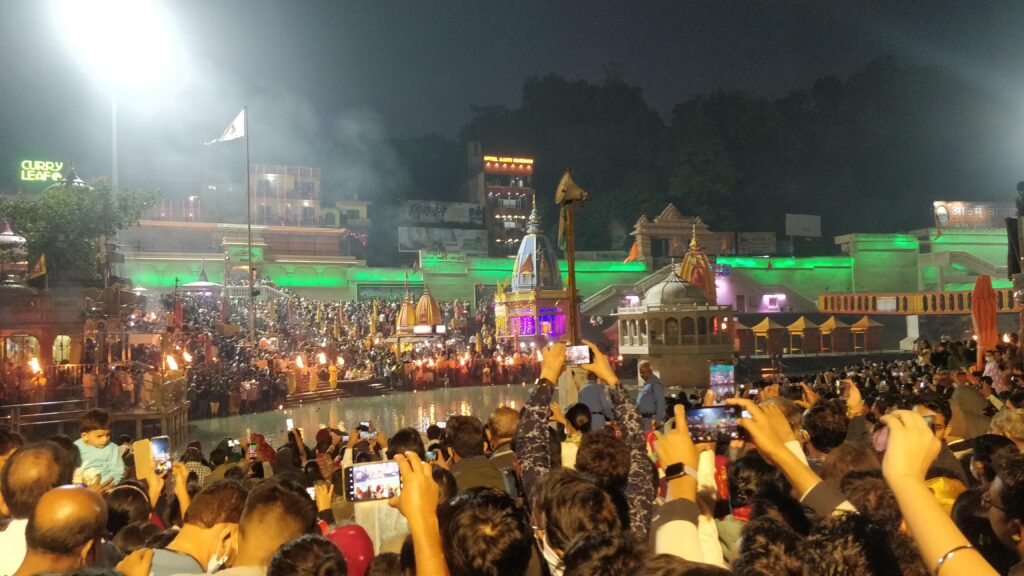
5. Makar Sankranti & Ganga Dussehra
- Both festivals celebrate the holy river Ganga. Pilgrims take ritual dips in the river, believing it brings prosperity and removes negativity.
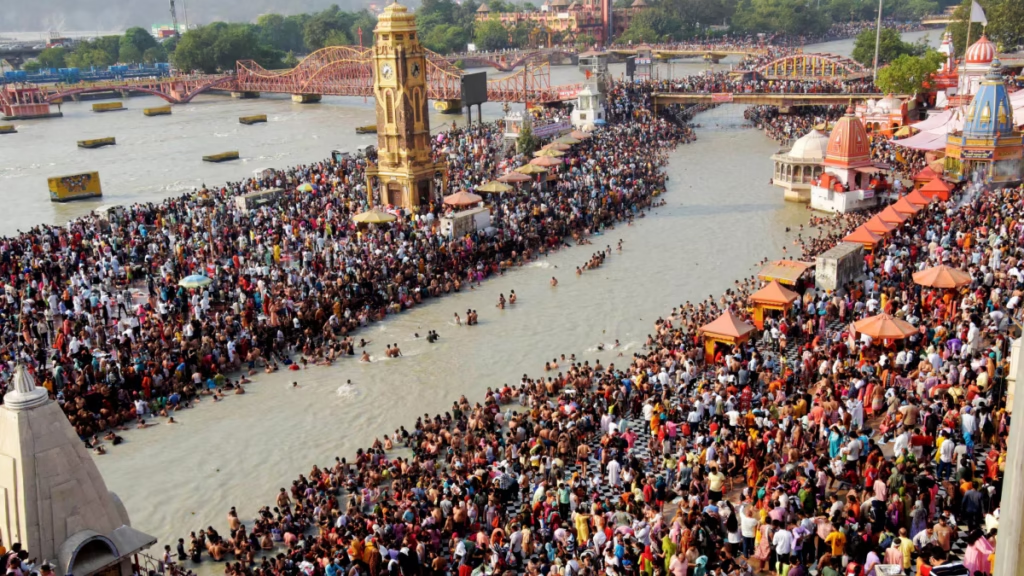
How to Reach Haridwar
- By Air: The nearest airport is Jolly Grant Airport, Dehradun (approx. 35 km). Regular flights connect from Delhi and other major cities.
- By Train: Haridwar Junction is well-connected to Delhi, Mumbai, Kolkata, and other cities with regular trains like Shatabdi Express.
- By Road: Located on NH 58, Haridwar is easily accessible from Delhi (approx. 220 km). Buses and taxis are available.
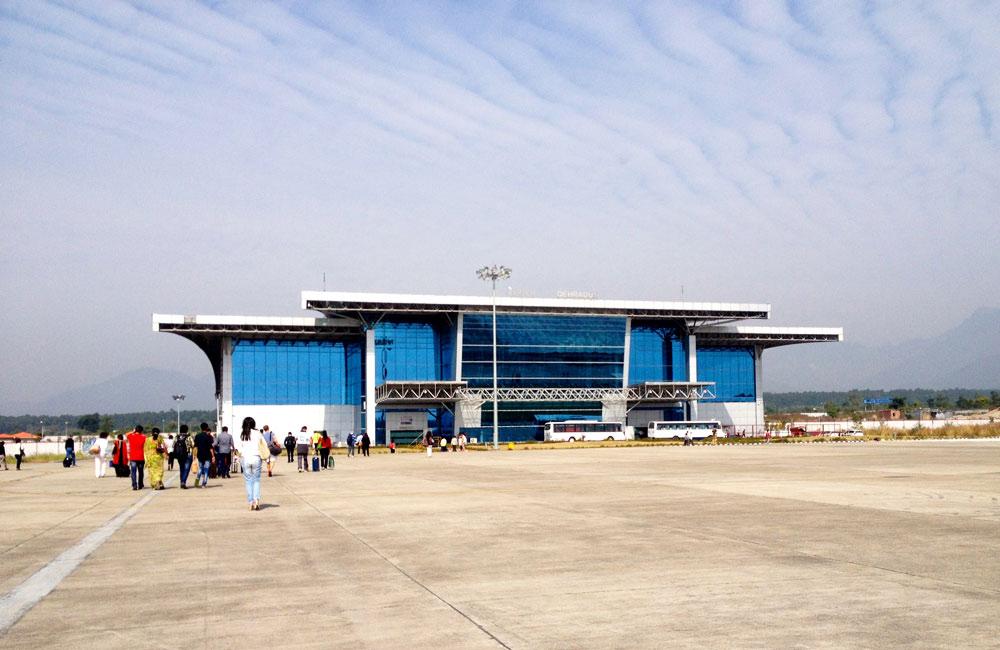
FAQs on Haridwar
Q1. Why is Haridwar famous?
Haridwar is famous as a major Hindu pilgrimage city, known for the Ganga Aarti at Har Ki Pauri, its temples, and as the starting point of the Char Dham Yatra.
Q2. What is the best time to visit Haridwar?
October to March is the best time, but many devotees also visit during the Char Dham Yatra season (April–June) and festivals like Kumbh Mela.
Q3. Which temples should I not miss in Haridwar?
Mansa Devi, Chandi Devi, Maya Devi, Daksha Mahadev, and Bharat Mata Mandir are must-visit temples.
Q4. How many ghats are there in Haridwar?
There are more than 100 ghats, but Har Ki Pauri is the most important and sacred one.
Q5. Is Haridwar safe for tourists?
Yes, Haridwar is safe for pilgrims and tourists. However, during peak festivals, crowds can be overwhelming, so caution is advised.
Q6. How far is Haridwar from Rishikesh?
Haridwar is about 25 km from Rishikesh, making it easy to explore both cities in one trip.

